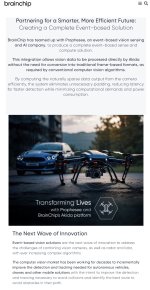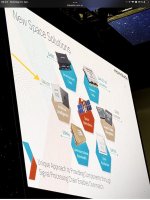DingoBorat
Slim
Well "explosive growth" was PVDM..I share very similar concerns. I simply don't trust Sean Hehir and I reckon Tony Dawe is sincere but probably in the dark as much as we shareholders. I've been waiting too long for my investment to bear fruit (originally bought about 2019 at 6 cents, and now average 65 cents) its making me very cynical and concerned that I've done my $$. I just feel trapped and betrayed. Those comments years ago " explosive growth, hockey stick trajectory, revenue just around the corner" those fuckers should be locked up after they're voted out
Is that what you think of him?
"Hockey stick" was LDN, who while I like the guy and his enthusiasm was genuine (IMO) he "did" have a bit of a "used car salesman" aura about him..
Also, consider that many shareholders would absolutely Love, more of the style of ASX announcements, that happened under his tenure (which were subsequently shutdown by the ASX and "we" were probably a major factor in the changing of ASX rules, in relation to company announcements, in general).
Even though it was a non ASX or Company announcement (Mercedes) that actually got the share price moving in earnest.
"Revenue just around the corner" was most probably Sean..
Most of these things that were said though, were followed by major Global upheavals, Covid, Ukraine War and now (disregarding the current actions to reset Global order) we have Technological Development, at an unprecedented rate, which will only further increase.
If Covid and the Ukraine War, hadn't have happened, which I believe were both avoidable, we would be in a Very different position right now and everyone here, would be currently eating lobster for breakfast.
But they did.
Last edited:










